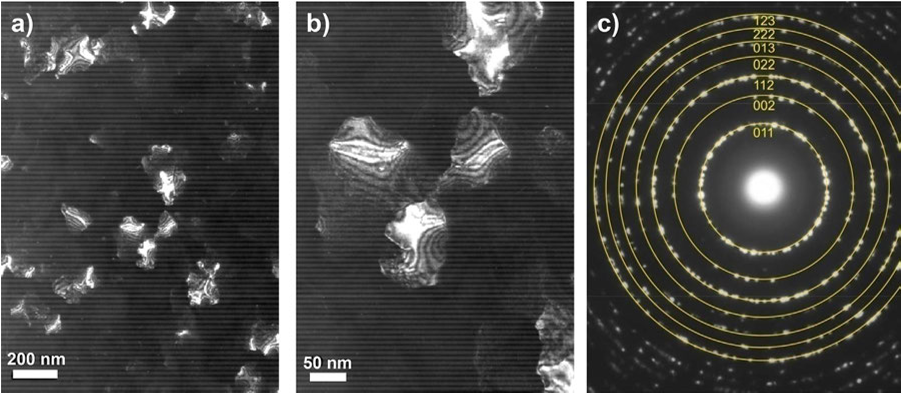Abstract: This volume of IOP Conference Series: Materials Science and Engineering contains papers from the 12th Workshop of the European Microbeam Analysis Society (EMAS) on Modern Developments and Applications in Microbeam Analysis, which took place from the 15–19 May 2011 in the Angers Congress Centre, Angers, France. The primary aim of this series of workshops is to assess the state-of-the-art and reliability of microbeam analysis techniques. The workshops also provide a forum where students and young scientists starting out on a career in microbeam analysis can meet and discuss with the established experts. The workshops have a very specific format comprising invited plenary lectures by internationally recognized experts, poster presentations by the participants and round table discussions on the key topics led by specialists in the field. This workshop was organized in collaboration with GN-MEBA – Groupement National de Microscopie Electronique a Balayage et de microAnalysis, France. The technical programme included the following topics: the limits of EPMA, new techniques, developments and concepts in microanalysis, microanalysis in the SEM, and new and less common applications of micro- and nanoanalysis. As at previous workshops there was also a special oral session for young scientists. The best presentation by a young scientist was awarded with an invitation to attend the 2012 Microscopy and Microanalysis meeting at Phoenix, Arizona. The prize went to Pierre Burdet, of the Federal Institute of Technology of Lausanne (EPFL), for his talk entitled '3D EDS microanalysis by FIB-SEM: enhancement of elemental quantification'. The continuing relevance of the EMAS workshops and the high regard in which they are held internationally can be seen from the fact that 74 posters from 18 countries were on display at the meeting, and that the participants came from as far away as Japan, Canada and the USA. A selection of participants with posters were invited to give a short oral presentation of their work in three dedicated sessions. The prize for the best poster was an invitation to participate in the 22nd Australian Conference on Microscopy and Microanalysis (ACMM 22) at Perth, Western Australia. The prize was awarded to G Samardzija of the Jozef Stefan Institute, Ljubljana, for the poster entitled: 'EPMA-WDS quantitative compositional analysis of barium titanate ceramics doped with cerium'. This proceedings volume contains the full texts of 5 of the invited plenary lectures and of 23 papers on related topics originating from the posters presented at the workshop. All the papers have been subjected to peer review by a least two referees. January 2012 Acknowledgements On behalf of the European Microbeam Analysis Society I would like to thank all the invited speakers, session chairs and members of the discussion panels for making the meeting such a great success. Special thanks go to Francois Brisset and Luc Van't dack who directed the organisation of the workshop giving freely of their time and talents. As was the case for previous workshops, the EMAS board in corpore was responsible for the scientific programme. The technical exhibition, which occupied 130 sq.m of floor space, was outstanding. It was very encouraging to see new instruments on display, including a FEG electron microprobe as a first worldwide presentation. Moreover, almost all the companies that exhibited provided financial support, either by sponsoring an event or by advertising. Below, in alphabetical order, is a list of exhibiting companies and sponsors of the workshop: Ametek GmbH, Edax Business UnitGN-MEBA Bruker Nano GmbHJeol (Europe) SAS CamecaL'Oreal, Direction Generale Recherche et Innovation Carl Zeiss NTSNanoMEGAS sprl Commissariat a l'Energie AtomiqueOxford Instruments SAS European Institute for Transuranium Elements (Germany)Probe Software, Inc. ElexienceSAMx FEI CompanyTarget-Messtechnik Fondis Electronic SAThermo Fisher Scientific Gatan (France) Clive T. Walker EMAS President


